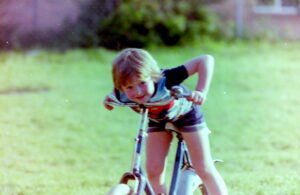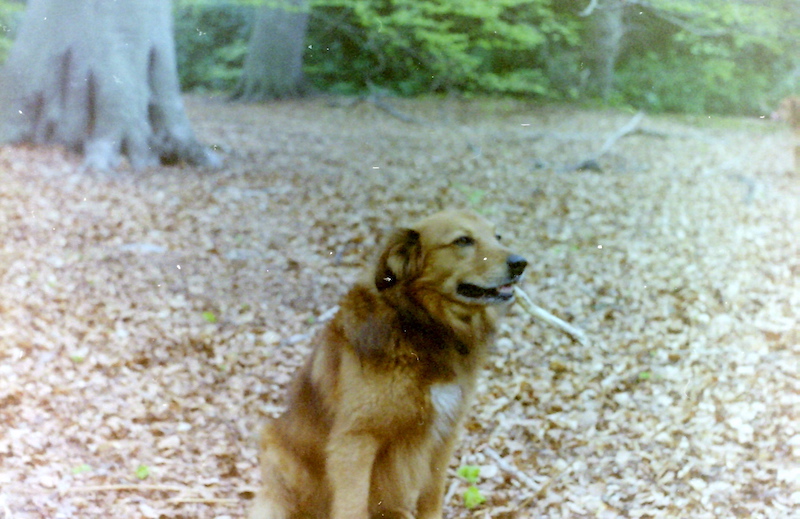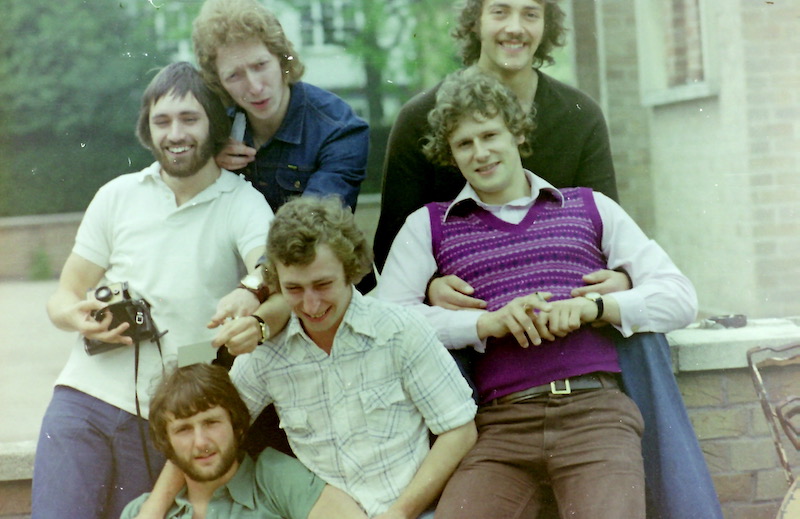2nd Oct 2019
Google Lens – The thing we’re now talking about

In the corner of my Mum’s loft, there are lots of old cardboard boxes filled with family photos. On the back of many of them, scrawled in her handwriting, are notes. These tell us where the photo was taken, who is in it and what we were doing at the time. There are many faces in these photos and her notes remind me who each of them are, where they were taken and often a note that explains why, “Mum, on holiday in Aberdeen for her 30th Birthday”, for example. This might sound very familiar, and you too may have boxes of photos lovingly annotated in biro by a relative. So what do these very personal archives have to do with Google Lens?
In our previous article, we explored how Google Lens uses AI to interpret photos and tell us what is on them. It can help solve a problem we didn’t know we had, by labelling photos with basic words so we can search and find them. Google Lens uses AI to tell the difference between a person, a bike, and a dog in a photo and helps us categorise photos. Whilst this is great for telling us some information about the photo, what it doesn’t do is provide the context – my Mum’s memory of the day, when the photo was captured.
A moment in time
In a few years, facial recognition will probably be able to identify the person, the type of bike, and the breed of dog. Which is great, but a photo is more than that, it is a moment in time that tells a story about our past.
When you scroll back through the photos on your phone, they act as a prompt. They’re just one piece of the puzzle, but your memories from that day unlock the rest and remind you of the context and even the emotions you were feeling at the time. Of course, you can only access a memory, if you were there, or someone has told you about it. Otherwise, it is just a photo of a ‘person, bike or dog’. This is the AI problem, it can’t tell you the context; a parents birthday, a first ride on a bike, the love for a family pet.

Beyond the lens
When I first wrote about Google Lens, I was thinking about my 4-year-old daughter and her fascination with the photos on my phone. Whilst AI has the potential in the future to give my daughter a lot of information about my pictures, it’s nothing that she can’t figure out herself. She’s good with faces, knows what a bike is and can spot a dog.
What she really wants is to understand the story behind the photo. She wants to know the why, when, and the who. So, without realising it, what she’s really asking about and wants to understand, is the context around a moment in time. My incredibly expensive phone doesn’t do that, but my mum’s handwritten notes do.
Capturing the memory
This is why my Mum’s dedicated note writing is so important, and with digital photos, we have lost that. Now, you may have spotted the problem – you can’t write on the back of a digital photo and printing off the 67,000 photos my photo impressively holds, isn’t an option.

The digital solution
As my daughter grows, she’ll take her own treasured photos and so will her children, that is a huge number of photos. A digital family archive will form. So why not make a proper digital family archive? Somewhere private, where the archive can grow, but not just a dumping ground with some AI like Google Lens or Amazon photos, a place that you can delve into add the context and properly explore.
Social media lovers will tell you this exists already, but with the curation of online lives and the way we market ourselves on Instagram, Twitter, and Facebook, you would miss so many memories that you just don’t want others to see. I have photos of my children that I don’t wish to exchange for a ‘like’, but I do want to save them to share privately, ready for the big moments in their lives.
The archive of dreams
The type of archive I envisage to solve the problem of our growing digital archives is one that would allow you to add context and descriptions to each photo or groups of photos – metadata as it’s called in the trade. This is different from online storage services currently available, where you can upload and store your images. The solution I am describing is one that enables you to capture your past – much like my Mum’s notes on the back of photos that prompt all the memories when we talk to her.
The metadata would allow you to tell the story of the photo – who the people are, where were they riding their bike, where the bike came from etc. You would be able to sort, categorise, and search through the photos in a visually friendly format. We wouldn’t dismiss AI either, AI would add tags to each image, but the stories would still be told, and the family archive would become a digital living memory for our grand children and great grand children.
The archive would be private, allowing you only to invite your family, as the generations grow. It would be full of images that are consolidated with descriptions, connected images and tagging to bring the full story to life.

Weighing up the options
Now that we’ve explored how to combine the ease of Google Lens with the warmth and richness of memories, the next step is making this happen, because no-one has built this yet. We have developed a photo sharing website called Corals, which enables archives, libraries and museums to present their collections to the world. For us, this model is a step towards a personal digital archive. But there is some work to go in making this something that replaces those cherished family albums.
Archive of the future
Ultimately, getting this started will remain a dream for the moment and we’ll carry on scribbling on the backs of photos… when we print them! Although our family archive may seem a long way off, fast paced changes in technology mean you never know when an idea will spark into reality.